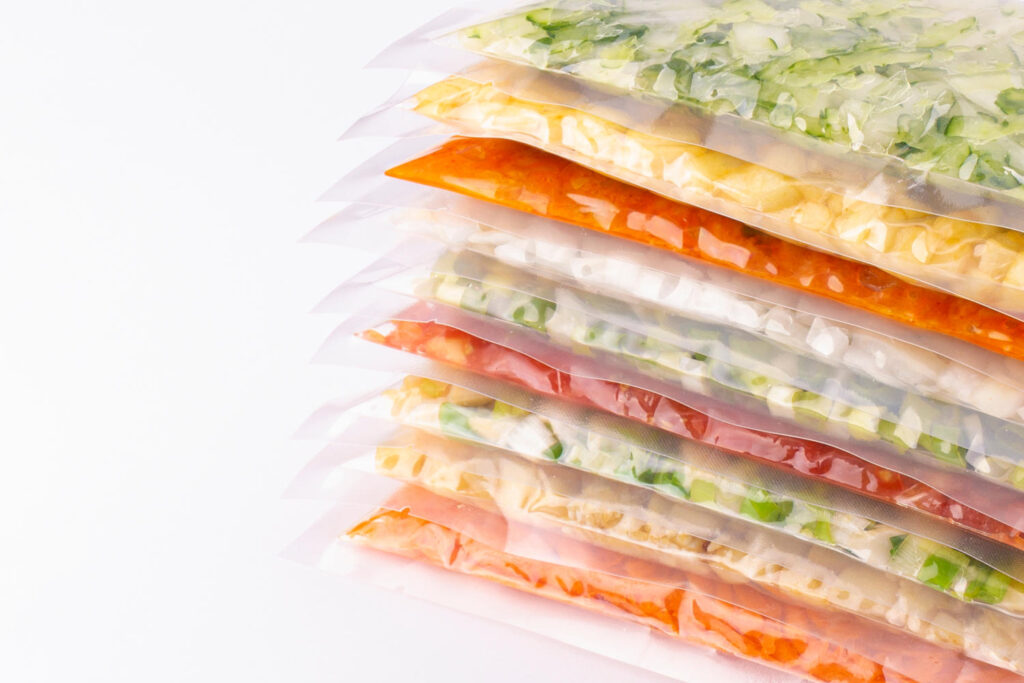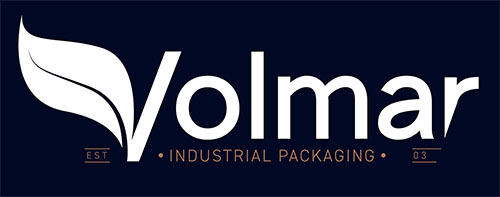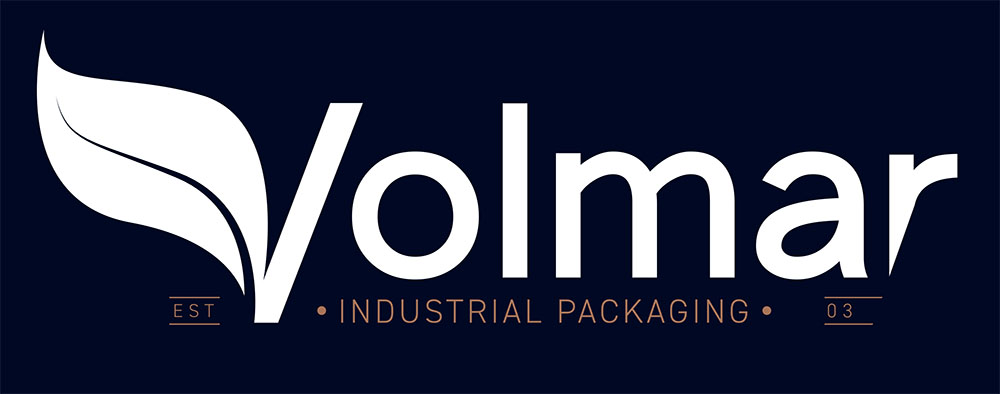
When talking about food packaging, an expression we often hear is the “barrier effect“. But what does it mean exactly and why is it so important in the food packaging world?
In this article, let’s dive deeper into what the barrier effect is, how to get packaging with this feature and which materials are best for providing a good barrier effect.
What is the barrier effect?
The barrier effect is a characteristic of packaging, especially in the food sector. It refers to the capacity to protect food from external agents to maintain the physical and chemical equilibrium of the packaged food.
Examples of external agents include moisture, oxygen or contaminants that can spoil the freshness of foods and alter their quality upon contact with the food.
How to achieve the barrier effect
To get food packaging with a strong barrier effect, attention should be paid to various aspects:
- Choice of material: the first step to achieve a good barrier effect is to choose the right material. Materials like polyethylene, polypropylene, PET and aluminum are known for their capacity to block moisture and oxygen;
- Barrier layer: packaging often contains an additional barrier layer. This layer can be made with materials like metallic film or an oxygen-based barrier coating. These additional layers make the packaging even more effective at protecting the packaged product;
- Sealing technology: it is crucial to seal the packaging correctly to prevent air or moisture from escaping. The use of advanced sealing technologies ensures the product is hermetically sealed;
- Quality control: it is essential to constantly monitor the quality of the packaging to ensure the barrier effect is maintained for the whole product life cycle (with closed packaging).
The combination of these factors helps to maintain both the quality and shelf life of the product.
Which materials to choose for a good barrier effect
The choice of material is a crucial element to achieve a good barrier effect in food packaging and it will vary according to the type of product. Possible materials include:
- Polyethylene (PE): offers a good barrier to moisture and is often used to package foods with a high water content, like meat and fish;
- Polypropylene (PP): known for its resistance to moisture and oxygen, it is commonly used to package snacks and dried products;
- PET (Polyethylene terephthalate): a transparent material that provides a good barrier to oxygen and is often used for carbonated drinks and canned food;
- Aluminum: a versatile material that offers an exceptional barrier to oxygen and light. It is often used to package coffee, cocoa and light-sensitive products.
In conclusion, the barrier effect is a key characteristic in food packaging, which ensures a product’s freshness and safety, by protecting it from extreme temperatures, oxygen and other external chemical agents.
Constant innovation in food packaging continues to improve the barrier effect, helping to preserve the quality of food products (color, flavor and shape) and consumer satisfaction.

